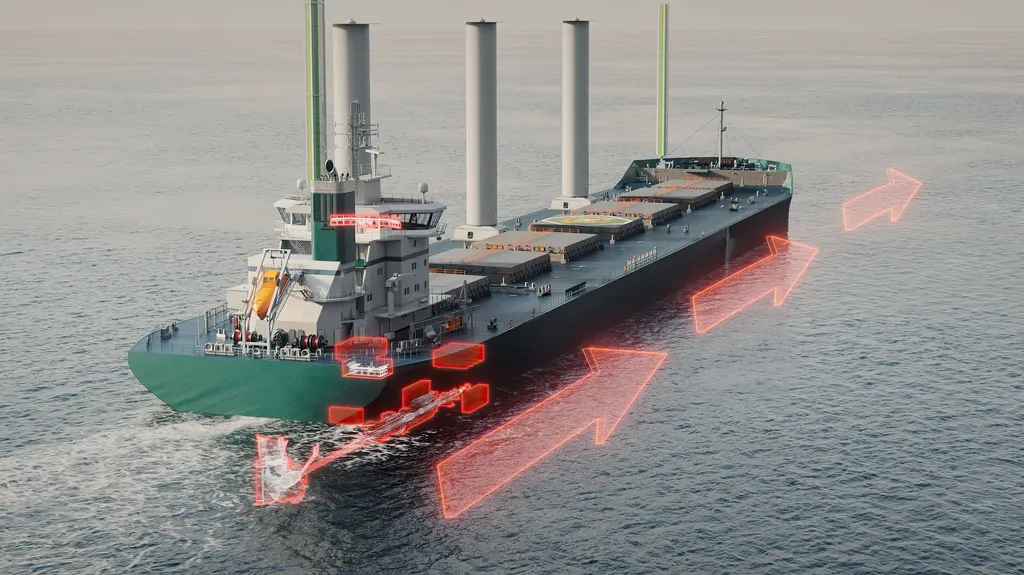Kongsberg Maritime has just thrown its hat into the wind-assist ring, launching K-Sail, a service designed to help vessel owners navigate the choppy waters of integrating wind-assist technology. This isn’t just about slapping some sails on a ship and calling it a day. No, Kongsberg is talking about a holistic approach, a symphony of ship systems working in harmony to squeeze every last drop of efficiency out of those sails.
Wind-assist technology has been gaining traction like a ship catching a favourable breeze. Shipowners are eager to reduce fuel consumption and emissions, and wind power is a tantalising carrot. But with a plethora of technologies out there, each with its own quirks, it’s a minefield. That’s where K-Sail steps in, acting as a sherpa, guiding owners through the complexities of adoption and integration.
Henrik Alpo Sjöblom, Kongsberg Maritime’s Vice President of Business Concepts and the brains behind K-Sail, doesn’t beat around the bush. “Ship owners can choose their preferred type of wind assist technology,” he says, “But to date, these technologies are essentially an add-on. We believe they can be used in a much more effective way.” Kongsberg’s expertise in maritime technology integration is the secret sauce here, with the optimisation process divided into five key areas: analysis, steering optimisation, propulsion optimisation, power management, and voyage optimisation.
Now, let’s talk turkey. Kongsberg Maritime customer Terntank is already on board with K-Sail, with the first of five wind-assisted tankers set to launch in 2025. Sjöblom is confident that K-Sail will boost fuel savings from an initial estimate of 9% to 15%. That’s not just a drop in the ocean; that’s a tidal wave of efficiency.
So, what does this mean for the future of the maritime industry? Well, if K-Sail lives up to the hype, we could be looking at a significant shift in how wind-assist technology is integrated and utilised. It’s not just about the sails; it’s about the entire ship working together, like a well-oiled machine. This could set a new standard, challenging other companies to up their game.
But let’s not get ahead of ourselves. This is a pilot project, and the proof of the pudding will be in the eating. If Terntank’s tankers deliver the promised fuel savings, other shipowners might just sit up and take notice. And if they do, we could see a wind of change sweeping through the maritime industry. But for now, it’s all about watching this space and seeing how the wind blows.

